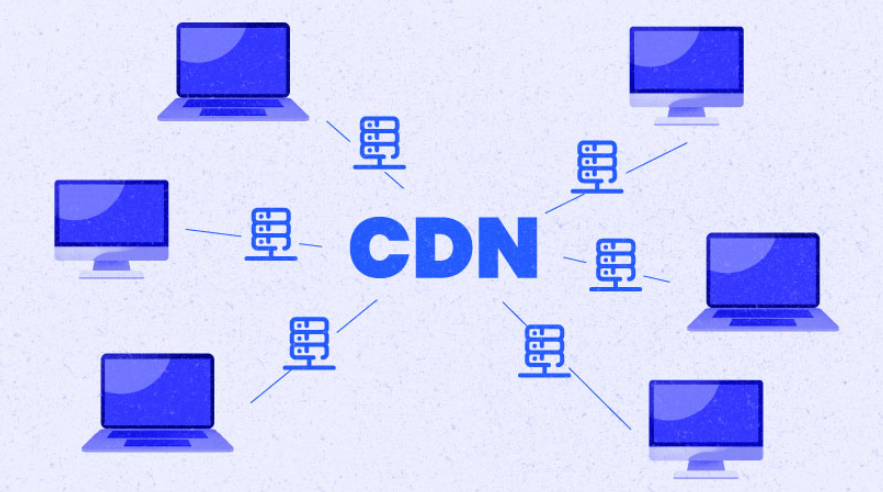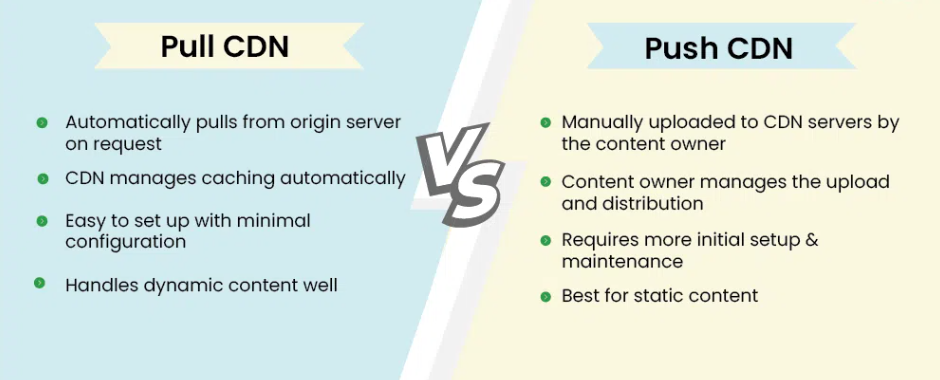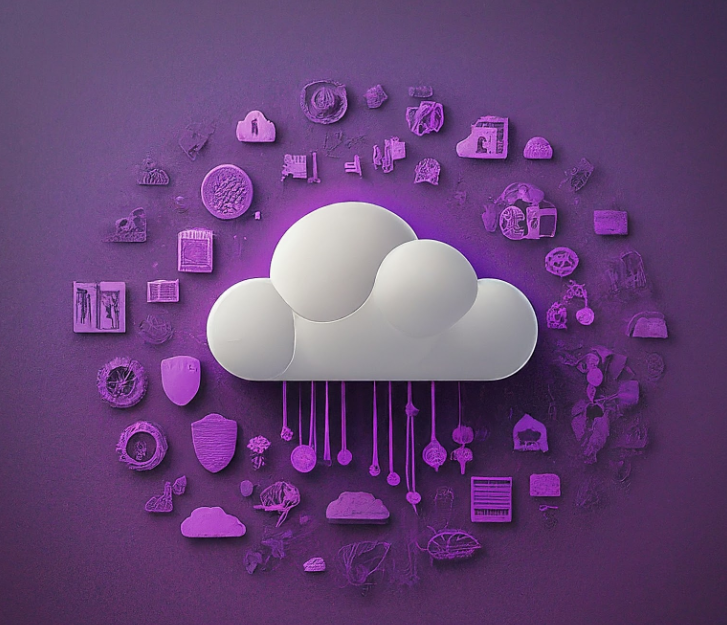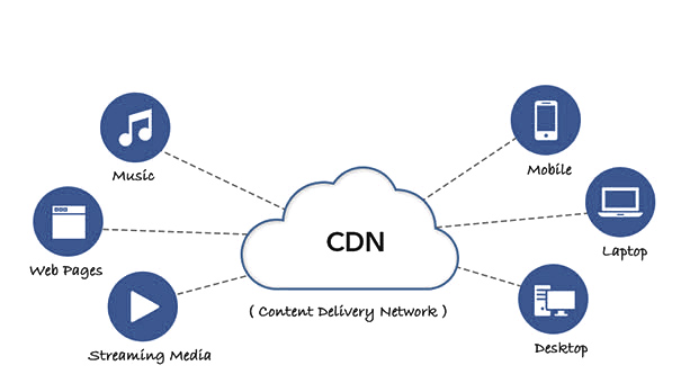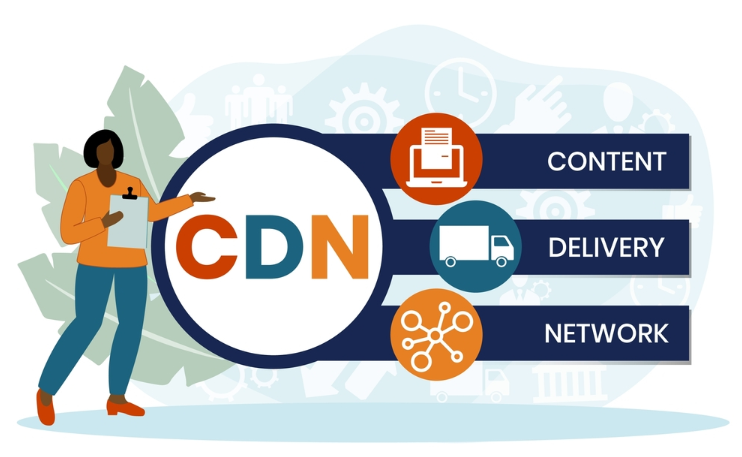A CDN, which is an acronym for Content Delivery Network, is a crucial element in maintaining Sites and App performance in the current world that is dominated by internet use. CDNs perform this function by presenting content on numerous servers worldwide, making the user experience much smoother and faster. However, not all CDN delivery methods are created equal. Understanding the different CDN delivery types—ranging from traditional approaches to real-time streaming—can help businesses choose the right solution for their specific needs.
Traditional CDN Delivery Explained in Detail
Traditional CDN delivery focuses on distributing static content such as images, CSS files, and JavaScript to edge servers nearer to end-users. When a user requests a webpage, the CDN delivers the cached version of the content from the closest edge server, reducing the distance data needs to travel and enhancing load times. This method is particularly effective for high-traffic websites, as it minimizes the strain on the origin server and boosts site performance.
A key aspect of traditional CDN delivery is caching. Once content is cached on the edge servers, it can be quickly delivered to users without repeated requests to the origin server. This caching mechanism not only improves speed but also adds redundancy; if one server fails, others can seamlessly provide the cached content.
Another benefit is the scalability traditional CDNs offer. This method works well to handle ‘high traffic’ sessions and is not a sin to user experience and as such it will best suit media-intensive websites, news sites, and social media. Traditional CDN delivery also minimizes the need to put regular updates to the origin server, thereby making it easy for businesses to deliver consistent rates throughout high traffic.
The Advantages and Use Cases of Push CDNs
Push CDNs offer distinct advantages by allowing content to be uploaded directly to the CDN provider’s servers in advance. The above model proves most helpful when the site contains a huge number of pages with delicate and least dynamic content including vast media galleries or numerous and varied product descriptions that characterize online stores among others. By preloading content, push CDNs to ensure that users receive the latest versions without delay.
This method provides enhanced control over content delivery, as administrators can manage updates and deployments with precision. For businesses dealing with significant amounts of downloadable assets, such as software providers or media companies, push CDNs offer a streamlined and efficient solution. The setup process for push CDNs is typically straightforward, making them accessible even for organizations with limited technical expertise.
Another advantage is that push CDNs reduce the load on the origin server since the content is distributed and stored across multiple edge servers. Besides, such distribution increases the speed of the work completed, as well as provides for the reliability of the servers since even if one of them has problems, the rest of the servers will complete the necessary calculations. Therefore, push CDNs are more effective for businesses requiring highly reliable and strongly scaled CDN services to deliver large files to clients.
Pull CDNs: How They Work and When to Use Them
Pull CDNs work by fetching content from the origin server only when a user requests it for the first time. Upon the initial request, the CDN retrieves the content from the origin server and caches it at the edge server for subsequent requests. This is especially useful in cases where websites or applications’ content changes regularly, thus eliminating the necessity for constant uploads while providing a user with the latest version of the content.
One of the key benefits of pulling CDNs is their suitability for smaller websites or startups with a limited amount of static content. These businesses can reduce the complexity of managing their content, as the CDN takes care of caching and distribution automatically. Although there might be a slight delay during the first request while the content is fetched from the origin server, subsequent requests are served quickly from the edge servers.
Pull CDNs also provide a flexible solution for dynamic websites that undergo regular updates. Businesses can leverage pull CDNs to streamline content delivery processes without worrying about constantly updating and synchronizing multiple servers. This makes pull CDNs an excellent choice for content-rich platforms, blogs, or online applications that need to deliver fresh content efficiently.
Hybrid CDNs: Combining the Best of Both Worlds
Pull-CDNs use the pull strategy of information delivery to the end user, while push-CDNs use a push strategy of information delivery to the end user. It is the approach that enables organizations to realize the full advantages of each technique to achieve optimum efficiency and stability in delivering different types of content.
For instance, a hybrid CDN can be configured to use the push model for static content like images and videos, ensuring that these assets are readily available on edge servers. Meanwhile, dynamic content such as news articles or user-generated content can be delivered using the pull method, fetching the latest data from the origin server as needed.
This double approach of working proves effective in problems concerning the time needed for loading a specified website while at the same time enhancing the fulfillment of loading the site by fast loading of static and dynamic website features. Hybrid CDNs prove to be useful to platforms that maintain an inventory consisting of all types of content ranging from stable assets to frequently updated information.
This flexibility helps the organization to plan the delivery of the content in a way that will probably respect the changes in the demand for content without necessarily compromising on the quality of service delivery.
Thus, such hybrid CDNs as push and pull solutions are the most scalable and flexible in their approaches. This makes them the best for companies with hard content delivery structures like e-commerce businesses with many products to display in their catalog, media houses with both videos and articles, or social media platforms with always-changing user interactions.
Real-time CDN Delivery for Live Streaming and Events
Real-time CDN delivery has become vital for seamless live streaming and online events. This specialized CDN type is engineered to handle live video and audio content, prioritizing minimal latency to ensure an uninterrupted viewing experience.
Utilizing adaptive bitrate streaming, real-time CDNs dynamically adjust the video quality based on the viewer’s internet speed, ensuring optimal performance for a diverse audience. As the number of edge servers strategically deployed, these CDN can deliver high-quality streams to several viewers at once, which is good for events such as webinars, live concerts, or a gaming competition.
For businesses, the reliability of real-time CDNs is crucial. Whether a global product launch, a live sports event, or an interactive online seminar, real-time CDNs provide the necessary infrastructure to handle large-scale live broadcasts without compromising quality. The most invaluable features of real-time content delivery networks are the ability to include more sophisticated stream delivery protocols, and to distribute content as fast as it is being created – all of which contribute towards a better experience for the end user during live broadcasts.
It also enhances other features, such as live chats and a real-time voting system, which makes the viewer’s experience more captivating. As we know, live content is dominating more, so for getting the audience engaged with live traffic, having a reliable and efficient solution of real-time CDN becomes necessary for any business that receives high traffic during live events or programs.
Secure CDN Delivery Methods to Protect Your Content
In the current digital environment, securing your content is paramount. Secure CDN delivery methods incorporate advanced encryption technologies to protect data in transit and at rest, ensuring that sensitive information remains confidential. Token authentication mechanisms add a layer of security by verifying user identities before granting access to content, thus preventing unauthorized usage.
Moreover, many secure CDNs come equipped with DDoS protection to safeguard against malicious traffic that could disrupt services. In addition, these CDNs have regulated their services to ensure they do not allow unauthorized access to potential hackers while using safe delivery mechanisms such as HTTP.
Companies dealing with users’ personal information, like banks, insurers, and healthcare providers, can find these security features extremely useful to meet requirements of data protection laws like GDPR and to keep consumers’ trust.
The Future of CDN Deliveries: Trends and Innovations
With the growth of the digital world, CDN deliveries are also experiencing changes in different aspects based on the latest technologies and users’ requirements. With edge computing as one of the mainstays of the contemporary CDN design, users can process data closer to them. This reduces the latency and hence improves the performance of the applications used and the overall response time provided to the users.
Integrating machine learning (ML) and artificial intelligence (AI) also reshapes CDN functionalities. These technologies allow for intelligent caching and the ability to predict resource usage by predicting the behavior of the users. Furthermore, Management CDNs can achieve more optimal content delivery, and load balancing besides conserving bandwidth consumption than was previously possible.
Internet of Things (IoT) devices offer further prospects and issues for CDNs due to the links between IoT gadgets and the Internet. These devices produce massive real-time data and for CDN to share this data, they have to do it in real-time with high security. Some solutions are still being created for the modem CDN provision to support IoT networks in performing effectively and efficiently.
Another key benefit maker for CDN deliveries is using 5G technology. On the low-end latency and high speed, 5G is a highly promising technology for real-time content formation, especially in the VR, AR, and gaming platforms. CDNs that operate within the landscape of the 5G network can deliver more fluent and engaging services for the end-user.
The opportunities for using CDNs interconnected with 5G networks
Finally, security and privacy are widely explored more and more each year. Today, such options as encryption, token authentication, and DDoS protection are no longer considered as ‘adding values’ to the service but are the minimum requirements that guarantee the safety of the content and compliance with data protection legislation. Due to this, CDNs need to adapt to the changing threat and develop more security measures that will enhance the security of the content and the users.
In conclusion, the future of CDN deliveries is characterized by higher efficiency, flexibility, and security due to future development and constant increases in the users’ expectations.
